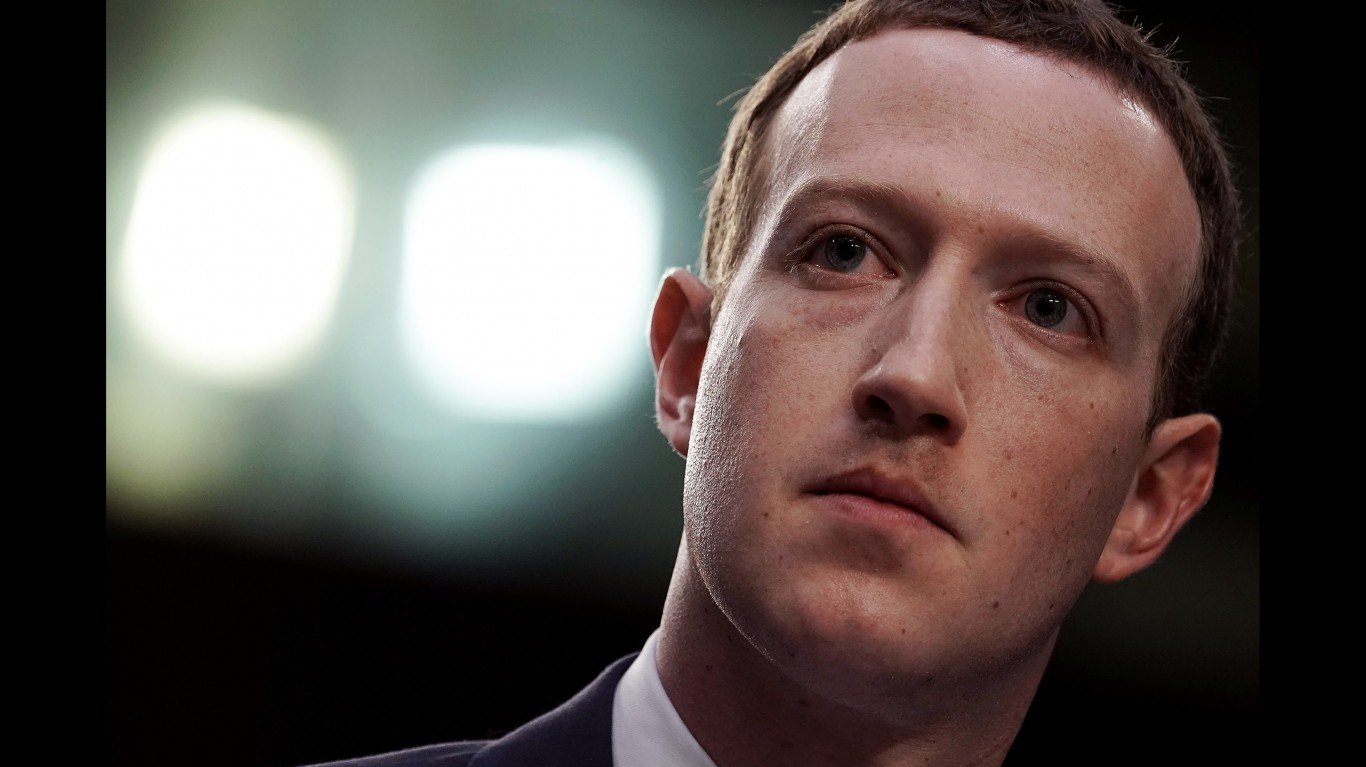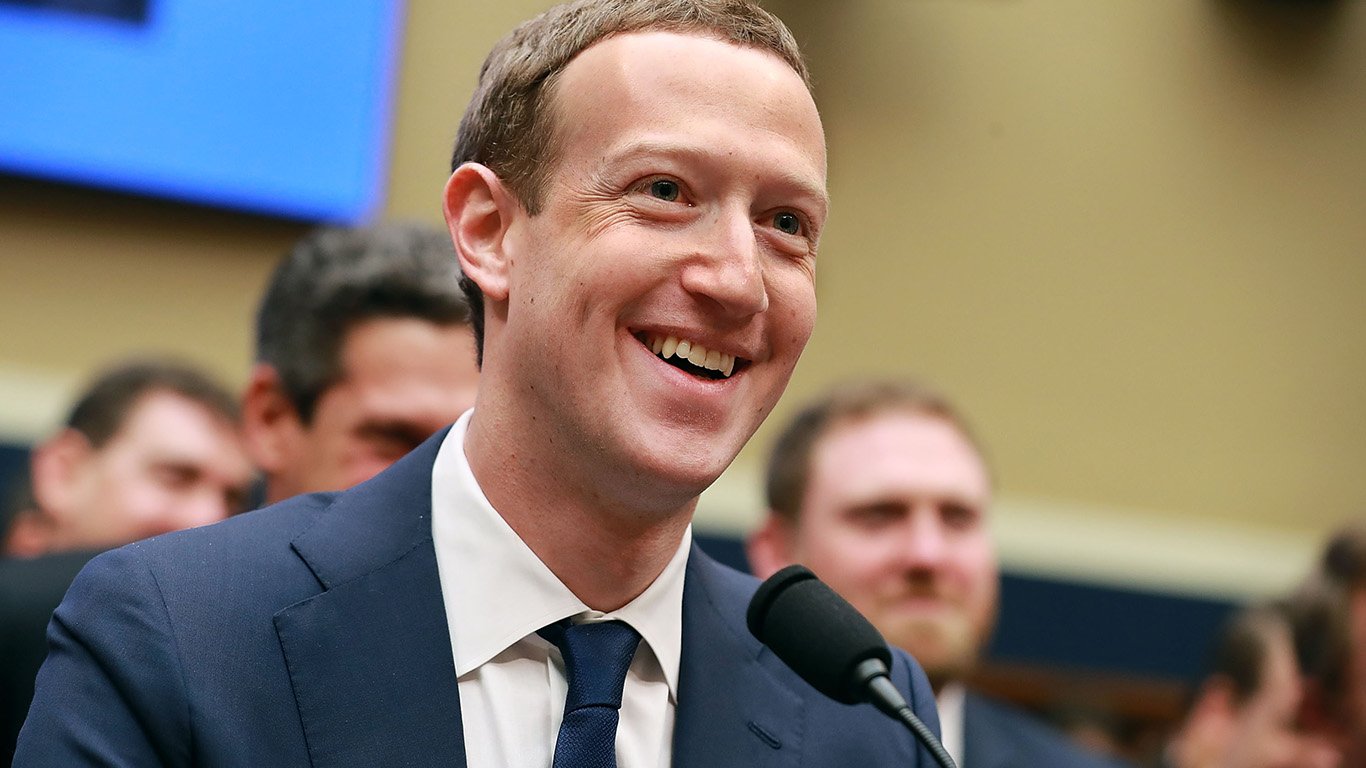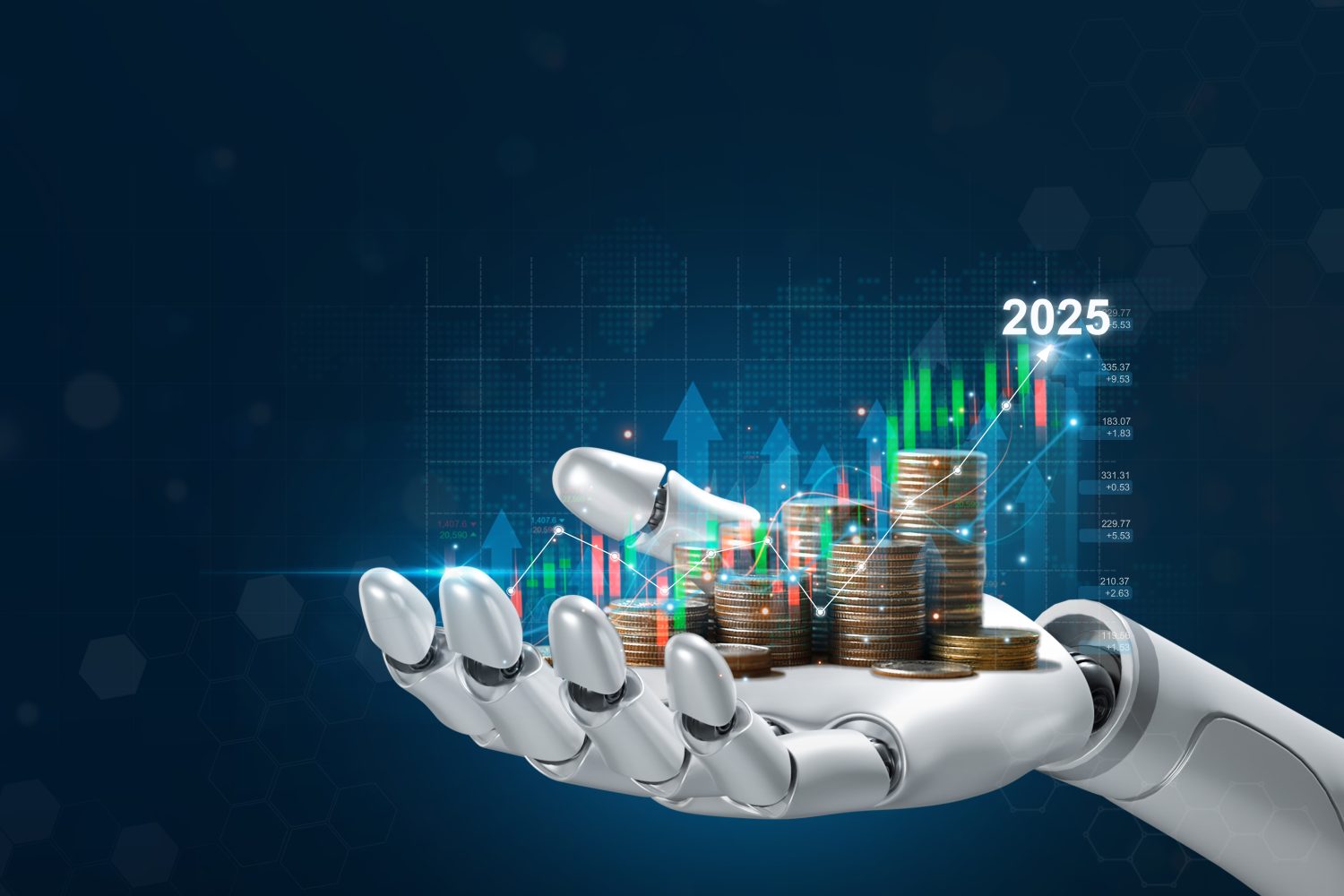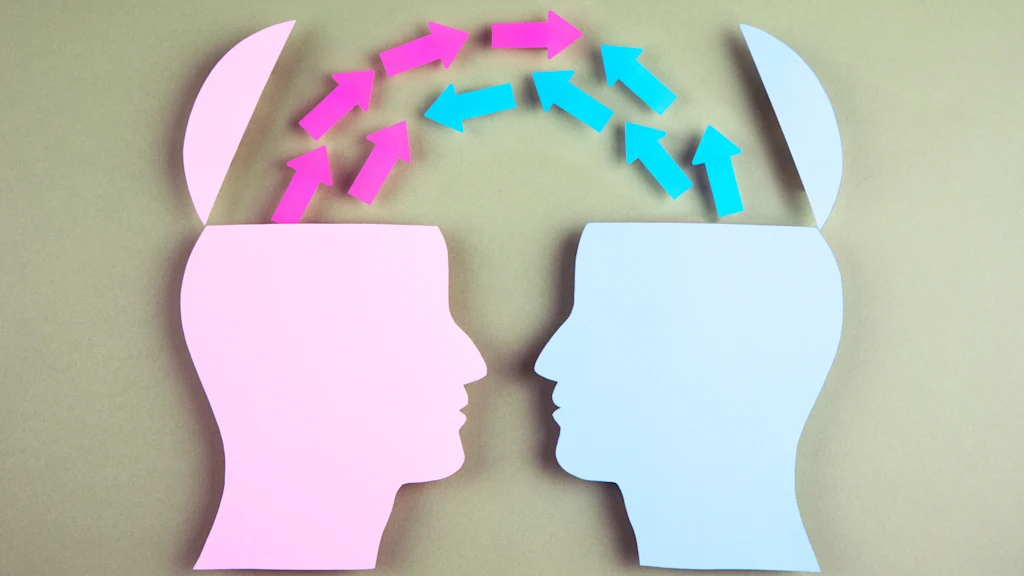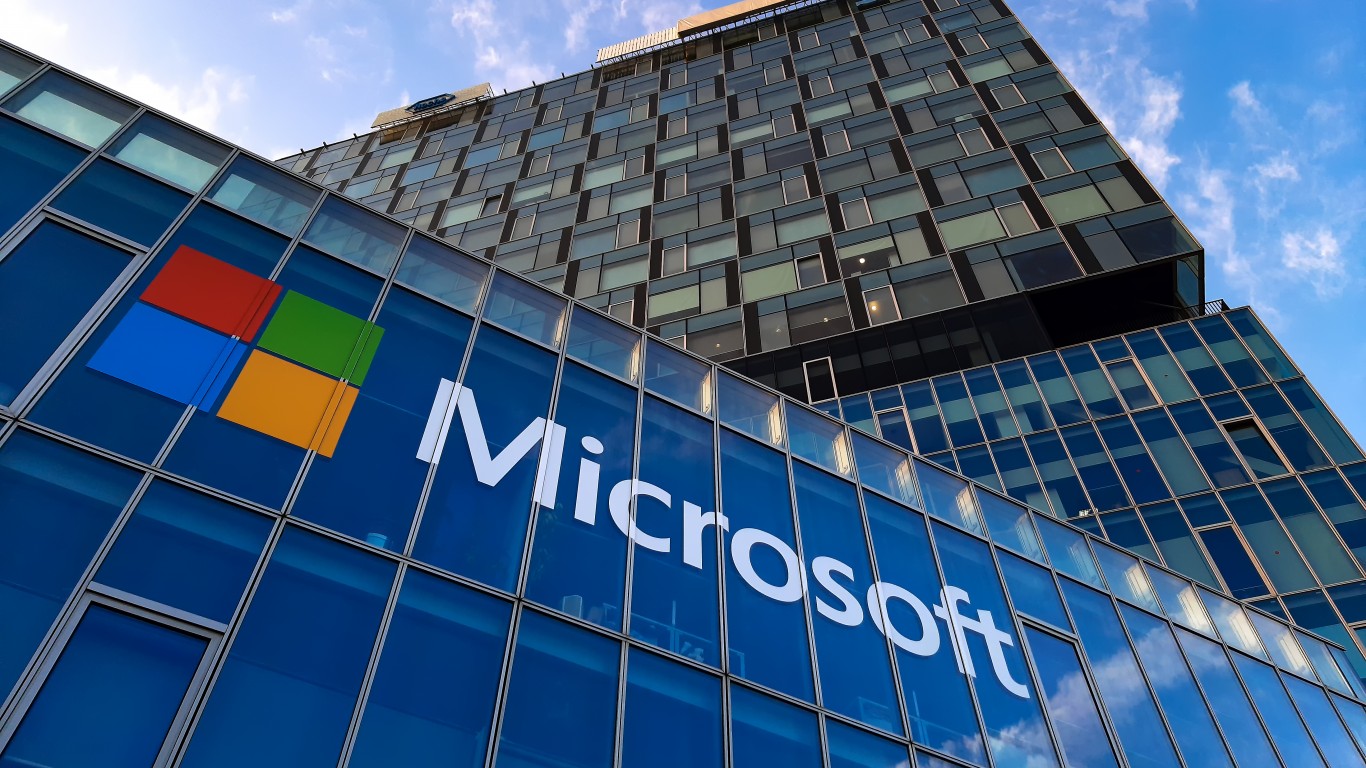#Artificial Intelligence
#Artificial Intelligence
[ follow ]
#artificial-intelligence #meta-platforms #digital-advertising #stock-performance #tariffs #federal-reserve
fromSan Jose Spotlight
1 day agoSan Jose adds AI tools to its disaster tactics - San Jose Spotlight
The City Council signed off on a $3.5 million, six-year agreement with Ladris Technologies to purchase a system its creators said can distill vast quantities of data to determine which route will most quickly lead evacuees to safety. The purchase comes just in time for the technology to aid in emergency preparations for a series of major sports events expected to bring hundreds of thousands of visitors to San Jose next year.
California
Law
fromBusiness Insider
1 day agoI left my dream job as a trial attorney and pivoted into AI at age 40. It showed me the power of leaving my comfort zone.
Aurora Bryant transitioned from a 15-year legal career, including DOJ trial work, to lead legal data intelligence at Relativity, leveraging AI to improve legal efficiency.
fromBusiness Matters
1 day agoBoxing Day sales set to fall by 1bn as cost-of-living pressures bite
Boxing Day sales are expected to deliver a £3.6 billion boost to UK retailers this year, around £1 billion less than in 2024, as cost-of-living pressures continue to weigh on household spending. The forecast comes from Barclays, which tracks nearly half of all credit and debit card transactions across the UK. The anticipated decline represents a blow to retailers during their all-important "golden quarter", traditionally the most lucrative period of the year.
UK news
fromThe Motley Fool
3 days agoBillionaires Buy 2 Trillion-Dollar AI Stocks Hand Over Fist Ahead of 2026 | The Motley Fool
Shares of Meta Platforms have advanced 13% year to date, bringing its market value to $1.6 trillion. Meanwhile, shares of Google parent Alphabet have advanced 64%, bringing the company's market value to $3.7 trillion. Three top hedge fund managers bought both stocks in the third quarter. Israel Englander of Millennium Management added 793,500 shares of Meta Platforms and 2.2 million shares of Alphabet. Both stocks rank among his top 10 holdings.
Business
Law
fromLawSites
5 days agoExclusive: Filevine Acquires Pincites, AI-Powered Contract Redlining Company, Strengthening Its Positioning for Corporate Legal and Enhancing Its AI
Filevine acquired AI-powered Pincites to expand into corporate and transactional law, strengthen contract redlining capabilities, and advance an AI-first operating system strategy.
fromwww.theguardian.com
4 days agoElon Musk, AI and the antichrist: the biggest tech stories of 2025
At the close of 2024, I wrote that Elon Musk's support of Donald Trump had made him the world's most powerful unelected man. In 2025, his reign turned out to be short-lived. He rose fast and haphazardly, like a whizzing firework, only to explode spectacularly in June when he claimed in a post on X that the president of the United States was named in the government's files on convicted sex offender Jeffrey Epstein.
US politics
fromPsychology Today
4 days agoWhy AI Cannot Be Trusted
Proponents of artificial intelligence (AI), and especially individuals with a personal incentive to promote investments in the field, often talk about creating and selling AI products that clients can trust. In so doing, however, they reveal a deep misunderstanding of the nature of trust and what it takes to become trustworthy. To gain truly profound insight into trust, we should look not to Silicon Valley's marketing but to cultural resources that have stood the test of time.
Books
fromFast Company
4 days agoSilicon Valley says to skip college
Nowhere is this skepticism louder than in my own backyard. In Silicon Valley, the "skip college" mantra has evolved from a "hot take" to accepted wisdom. Fueled by the rise of generative AI, the logic is seductive: If artificial intelligence can code, write copy, and analyze data faster than a junior employee, why spend four years and a small fortune on skills a bot will master before you graduate?
Higher education
fromBusiness Insider
5 days agoI'm 18 and cofounded an AI startup with teens around the world who I've never met in-person. I had no network, so I built one online - here's how.
My typical morning starts around 3 a.m. I'm instantly met with Messenger notifications from web developers in California, GitHub pings from Florida, and a running document of research papers to read sent from Michigan. By 7:50 a.m. I'm off to class to live my life as an 18-year-old high school senior in Seoul. This solitary ritual has become my strange normal after I founded an AI research and development startup with people all around the world, whom I've never met in person.
Artificial intelligence
fromBusiness Insider
5 days agoHealthcare VCs predict more AI transparency investment, private equity M&A, and a quiet year for IPOs in 2026
2025 saw a welcome surge in healthcare venture funding as investors rushed to back top AI startups. Last December, VCs predicted huge funding rounds for AI scribe startups like Abridge and Ambience Healthcare; indeed, both Abridge and Ambience landed hundreds of millions of dollars in venture funding this year. Investors also said in December 2024 that they anticipated a race for those startups to expand beyond AI health scribing into other product lines, like medical coding and billing.
Healthcare
Artificial intelligence
fromwww.mercurynews.com
6 days agoSan Jose races to become Bay Area's data center capital PG&E customers could pay the price
San Jose is becoming the Bay Area's epicenter for data-center development, with 11 projects totaling 1,630 MW, raising power, water, and pollution concerns.
US news
fromThe Motley Fool
6 days agoBillionaire Philippe Laffont Has 18% of His Portfolio Invested in 3 Trillion-Dollar AI Stocks. Wall Street Says They Can Soar in 2026. | The Motley Fool
Philippe Laffont heavily allocates to Meta, Microsoft, and Amazon, signaling conviction in AI-driven upside with Meta showing 28% analyst-implied upside.
fromFortune
1 week agoTrump and his new hand-picked Fed chair-whoever it will be-are going to clash 'almost immediately,' economists predict | Fortune
As a result, GDP with grow at a robust rate of 2.5% in both 2026 and 2027, even after accounting for a weaker job market that will slow consumption. "With core inflation remaining above the 2% target for some considerable time, we think the Fed will cut its policy rate by only 25bp in 2026, putting the new Fed Chair and President Trump at loggerheads almost immediately," Capital Economics predicted.
US politics
fromFast Company
1 week ago5 top CMOs dish on 2025, how they're preparing for 2026
Never before has the CMO position been more complex-or more essential to driving business results. The mark of success for any chief marketing officer is their impact on the long-term trajectory of a beloved brand. So, what does that look like in a year as chaotic as 2025, where there's been on-again, off-again tariffs, massive holding company mergers, and the continued rise of AI across the board?
Marketing
fromHarvard Business Review
1 week agoWhy Chief Technology Officers Can't Afford to Guess on Planning AI - SPONSOR CONTENT FROM GOOGLE CLOUD
With the rapid advances in cloud and artificial intelligence, the strategic role of technology in business is fundamentally shifting from being merely a business enabler to becoming the core transformation agent for growth-and, increasingly, survival. Yet as organizations adopt or expand their enterprise cloud platforms to stay competitive and solve new business problems, they face critical challenges: how to understand the scope of the financial, skills, and labor investments they need;
Artificial intelligence
Artificial intelligence
fromThe Autopian
1 week agoNew Data Shows Just How Miserable Google Is Making It To Be A Publisher Of Human-Created News For Other Humans - The Autopian
Publishers face existential pressure as AI-driven platform changes erode traffic, advertising, and compensation despite providing the content that powers those platforms.
Artificial intelligence
fromwww.ynetnews.com
6 years agoOctober 7 changed everything': why top TikTok executive chose to leave the platform
Rita Vinnik left TikTok after feeling creatively saturated and pivoted to AI-focused marketing at Dreemz to pursue meaningful, human-centered technology applications.
fromFast Company
1 week agoWall Street recovers from losses earlier in the week, as AI stocks climb
Stocks rose in morning trading on Wall Street Friday and further trimmed losses from earlier in the week for several major indexes.The S&P 500 jumped 0.8%, adding to gains made on Thursday.The Dow Jones Industrial Average rose 283 points, or 0.6%, as of 10:05 a.m. Eastern. The Nasdaq jumped 1% and is now on track for a weekly gain.Technology stocks with an focus on artificial intelligence once again led the market. Nvidia jumped 3.4% and Broadcom rose 2.4%.
US news
fromArchDaily
1 week agoThe Best Interviews of 2025: Architecture's Year of Reflection, Repair, and Optimism
In 2025, the architectural field has been marked by a dense calendar of exhibitions, a measured slowdown in construction across multiple regions, and a period of reflection that scrutinizes the impact of intelligence (artificial and natural)-both on professional practice and workplace culture, as well as its use as a pedagogical tool. Over this calendar year, ArchDaily has published more than 30 interviews in a range of formats-Q&As, in-person conversations, video features, and more.
Design
fromThe Motley Fool
1 week agoAlphabet Has Another Hidden Asset, and Its Value Is About to Go to the Moon in 2026 | The Motley Fool
Alphabet is best known for Google, which is the most dominant search engine on the planet. Google commands an approximate 90% market share in search, in large part due to the distribution advantages it has. The company owns both the world's leading web browser in Chrome and the No. 1 smartphone operating system in Android. Alphabet also has a search revenue-sharing deal with Apple to be the default search on all its devices.
Artificial intelligence
fromwww.mercurynews.com
1 week agoTesla's rally to record high is leaving Big Tech peers behind
There's been no dearth of sell signals for Tesla Inc. It's facing a potential sales halt in California, an electric vehicle slowdown across the US and is losing market share in China and Europe. But all that hasn't deterred investors excited about its work with artificial intelligence and autonomous-driving development efforts. The carmaker's shares have rallied 25% since a low on Nov. 21, notching a record for the first time this year.
Business
Music
fromPinkNews | Latest lesbian, gay, bi and trans news | LGBTQ+ news
1 week agoBillie Eilish posts AI images of herself as a man and fans have extreme reaction
Billie Eilish reposted AI-generated male-version images of herself, prompting fan backlash because of her earlier public opposition to irresponsible AI use.
Brooklyn
fromBrooklyn Paper
1 week agoNew tech company, Hera, seeks to offer affordable care for aging New Yorkers * Brooklyn Paper
Hera provides AI-enabled, social-work-led geriatric care management using new Medicare rules to make affordable caregiving resources accessible to New York families of all incomes.
fromThe Motley Fool
1 week agoAI Infrastructure: 1 Cloud Stock Poised for Explosive Growth | The Motley Fool
Alphabet's third-quarter results showed that this shift is underway. The company's total revenue in the period rose 16% year over year to $102.3 billion. But Google Cloud revenue jumped 34% to $15.2 billion, and the segment's operating income surged 85% to $3.6 billion. Additionally, Alphabet's cloud backlog climbed 46% year over year to $155 billion, reflecting multi-year commitments as customers reserve capacity for AI workloads.
Artificial intelligence
Artificial intelligence
fromThe Motley Fool
1 week ago2 Trillion-Dollar Tech Stocks to Double Up on Right Now | The Motley Fool
Nvidia and Meta Platforms remain attractive investments thanks to dominant AI chip leadership, strong cloud and advertising exposure, and robust projected revenue and earnings growth.
fromFast Company
1 week agoUpcoming U.S. jobs report, delayed by government shutdown, will likely show sluggish hiring
The U.S. job market is sluggish and confusing this fall. American companies are mostly holding onto the employees they have. But they're reluctant to hire new ones as they struggle to assess how to use artificial intelligence and how to adjust to President Donald Trump's unpredictable policies, especially his double-digit taxes on imports from around the world. The uncertainty leaves jobseekers struggling to find work or even land interviews.
US politics
fromBusiness Matters
1 week agoMcKinsey plans thousands of job cuts as AI reshapes consulting workforce
Senior partners at the global management consulting firm, which has been steadily cutting its worldwide workforce over the past few years, are understood to have held initial talks with the heads of non-client-facing departments about shrinking their teams by as much as 10 per cent. A McKinsey spokesman would not confirm how many roles were at risk, but Bloomberg, which first reported the plans, estimated that there could be "a few thousand" layoffs staggered over the next 18 to 24 months.
Artificial intelligence
fromwww.scientificamerican.com
1 week agoScience Carries On. Here Are Our Top Topics for 2026
But the new year is also a chance to look back at recent turmoil and instability in federally funded scientific research, the wholesale dismissal of evidence in policymaking, andin spite of these thingsthe perseverance of people working in the scientific enterprise. We celebrate the fact-checkers in the field of knowledge and you, our readers, who continue to trust us to bring you what's real, what's factual and what's amazing in our world.
Science
fromenglish.elpais.com
1 week agoShoshana Zuboff, philosopher: AI is surveillance capitalism continuing to evolve and expand'
Shoshana Zuboff (New England, U.S., 1951) joins the video call from her home in Maine, in the northeastern United States, on the border with Canada, where the cold is relentless at this time of year. She sips tea to warm her throat and apologizes for being late; her schedule is so packed these days that it was impossible to find an opportunity to do this interview in person.
Privacy professionals
[ Load more ]
